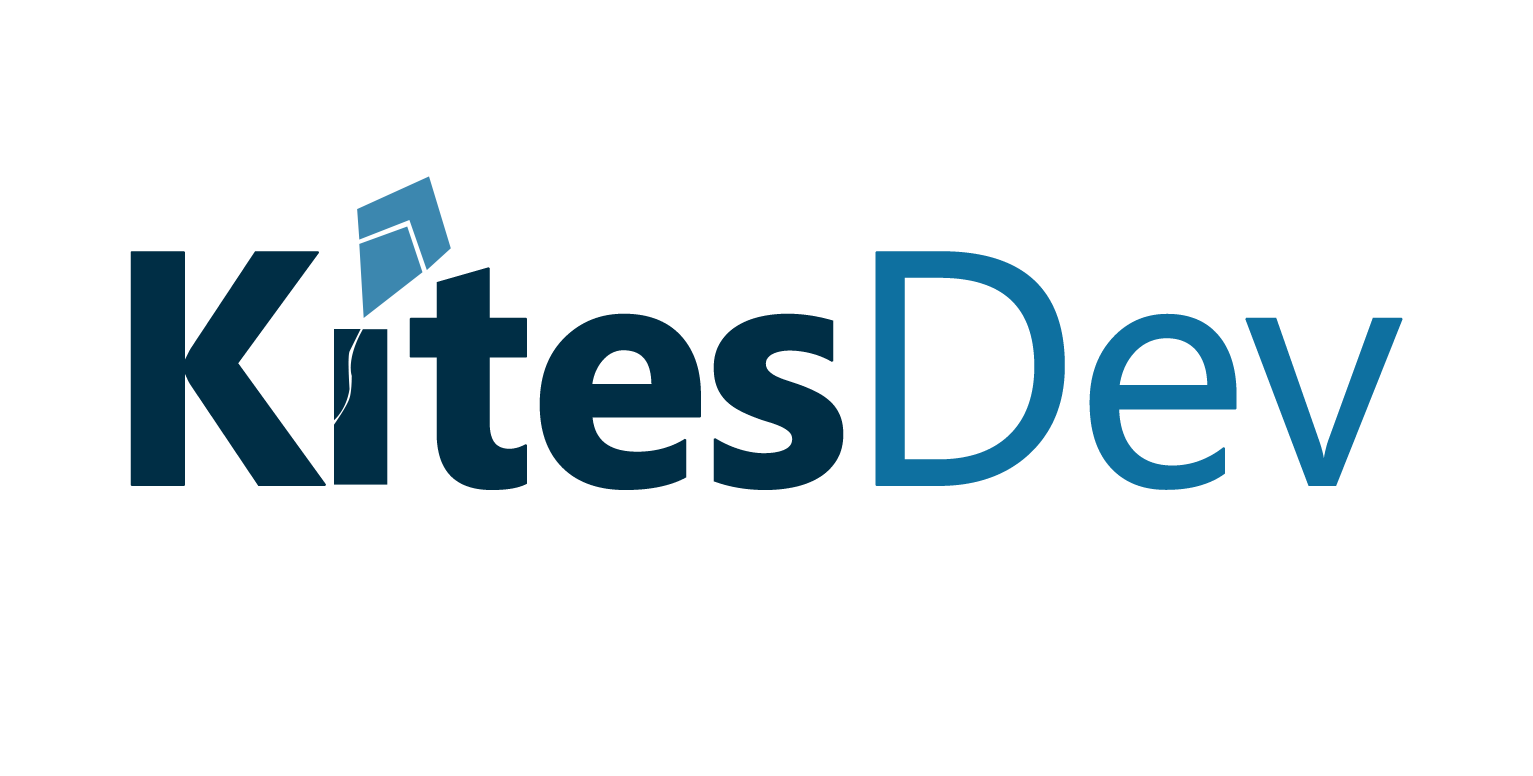How the Latest Developments in Machine Learning are Revolutionizing Medical Diagnostics
The medical field is one of the most rapidly evolving industries in the world, constantly pushing the boundaries of what technology can do to improve patient care. One of the most exciting advances in recent years has been the development of machine learning and artificial intelligence (AI) in medical diagnostics. By utilizing the vast amounts of data gathered from medical records and imaging, machine learning can identify patterns and make predictions about diagnoses and treatments that would otherwise be difficult or impossible for humans to do.
One of the most powerful applications of machine learning in medical diagnostics is in the area of radiology. Radiologists use imaging technology to take pictures of the body and diagnose diseases. Machine learning algorithms can now be used to analyze these images and detect anomalies that might otherwise be missed by radiologists. This can help to spot early signs of a disease or condition, allowing for quicker and more effective treatments.
Another area where machine learning is being used is in the analysis of medical records. By combing through large amounts of data, machine learning algorithms can identify patterns and correlations that would otherwise go unnoticed. This can help to identify potential causes of diseases and provide better predictions for treatments. The accuracy of these predictions has the potential to revolutionize medical diagnostics.
The use of machine learning in medical diagnostics is still in its early stages, but already it is having a major impact. By providing more accurate diagnoses and treatments, machine learning can help to improve patient care and reduce costs. It is expected that the use of machine learning will continue to grow in the years to come, making medical diagnostics faster, more accurate, and more cost-effective.
The development of machine learning in medical diagnostics is a truly revolutionary breakthrough. By utilizing the vast amount of data available, machine learning can provide more accurate and timely diagnoses, leading to better treatments and improved patient care. It is clear that the future of medical diagnostics lies in the use of machine learning and AI.




